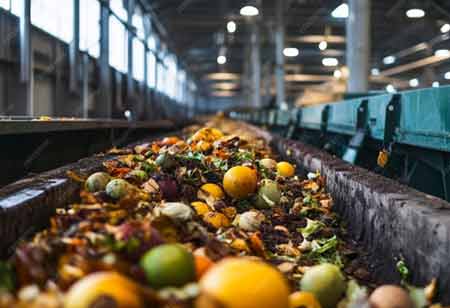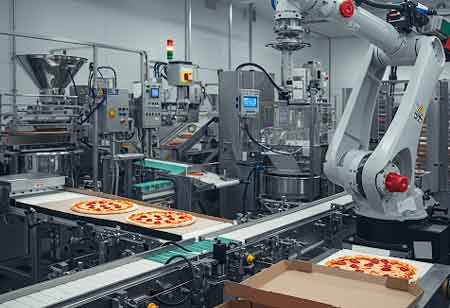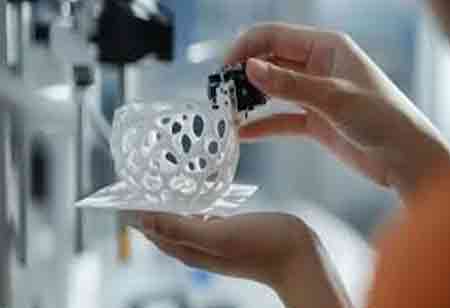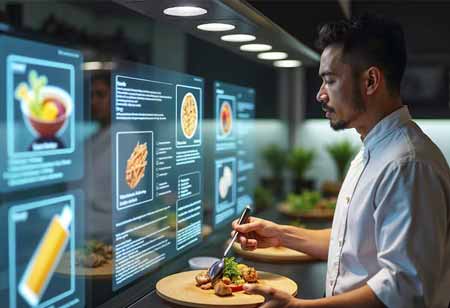THANK YOU FOR SUBSCRIBING
Be first to read the latest tech news, Industry Leader's Insights, and CIO interviews of medium and large enterprises exclusively from Food and Beverage Tech Review
Designing Food Processing Equipment with Integrated Pathogen Detection: Innovations for Safer Production Lines
Integrating pathogen detection in food processing enhances safety through real-time monitoring, faster responses, and reduced recall risks, ultimately improving product quality and consumer confidence.
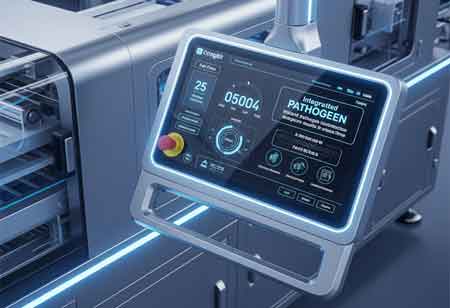
By
Food and Beverages Tech Review | Friday, June 27, 2025
Stay ahead of the industry with exclusive feature stories on the top companies, expert insights and the latest news delivered straight to your inbox. Subscribe today.
Fremont, CA: The food processing industry operates under immense pressure to deliver safe and high-quality products to consumers. Foodborne illnesses, often caused by pathogenic microorganisms like Salmonella, E. coli, and Listeria, pose significant public health risks and can lead to devastating economic consequences for businesses. Traditional pathogen detection methods, although essential, often involve time-consuming laboratory analyses, resulting in delays in identifying contamination and potential product recalls. The emerging paradigm of integrating pathogen detection directly into food processing equipment offers a transformative solution, promising real-time monitoring, faster responses to contamination events, and ultimately, safer production lines.
The Paradigm Shift: Benefits of Integrated Pathogen Detection
Pathogen detection in food processing equipment can revolutionize food safety by providing real-time monitoring, faster response, and significantly reducing recall risk. This enhanced process control and improved traceability lead to cost savings and increased consumer confidence. Rapid alerts enable corrective actions, such as diverting contaminated products or initiating sanitization protocols to prevent further contamination. Early detection reduces the likelihood of contaminated products reaching consumers, avoiding costly recalls. Real-time data also allows proactive adjustments to processing parameters. Despite initial investment, long-term savings can be realized through reduced waste and optimized production efficiency.
Design Considerations for Integrated Systems
Designing effective integrated pathogen detection systems in food processing requires a comprehensive approach that addresses both technical and operational factors. Strategic sensor placement at critical control points (CCPs)—such as raw material intake, post-processing stages, and just before packaging—is essential to detect contamination where it is most likely to occur or where its impact can be effectively mitigated. The detection equipment must be robust and durable, capable of withstanding the demanding conditions of food processing environments, including high temperatures, moisture, chemical exposure, and mechanical vibrations. Sensitivity and specificity are equally important; systems must detect even low levels of pathogens while minimizing false positives to maintain operational efficiency and product integrity.
Speed is another critical factor, as detection systems must operate at a pace that aligns with high-throughput production lines to avoid delays. Additionally, the design must facilitate ease of cleaning and maintenance, with compatibility for clean-in-place (CIP) and sterilize-in-place (SIP) protocols to prevent cross-contamination and uphold hygiene standards. Seamless integration with supervisory control and data acquisition (SCADA) or manufacturing execution systems (MES) enables real-time data logging, analysis, and alerts, thereby enhancing traceability and response times. Compliance with food safety regulations such as HACCP and FSMA is mandatory, necessitating built-in features that support audit readiness and regulatory adherence.
Cost-effectiveness remains a key consideration, requiring a balance between investment in safety technologies and their long-term operational value. Furthermore, intuitive user interfaces and comprehensive operator training are crucial for successful implementation and daily use. Lastly, regular calibration and validation against traditional laboratory methods are essential to ensure the accuracy, reliability, and credibility of the integrated detection system.
Integrating pathogen detection directly into food processing equipment represents a transformative leap forward in food safety. By providing real-time insights and enabling immediate intervention, these innovative systems move beyond reactive testing to proactive prevention. As technology continues to evolve and industry collaborations strengthen, the vision of safer, more efficient, and ultimately more trusted food production lines becomes an increasingly tangible reality, safeguarding public health and strengthening the global food supply chain.
More in News
I agree We use cookies on this website to enhance your user experience. By clicking any link on this page you are giving your consent for us to set cookies. More info



